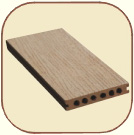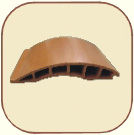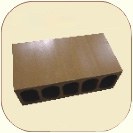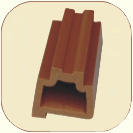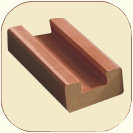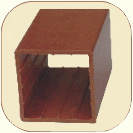Research on the Extrusion Process and Performance of Wood-Plastic Composite Equipment
Source:ZHANGJIAGANG CITY FARCREATIVE PLASTIC MACHINERY CO LTD Release time:2022-05-24 16:47:43 Author:692


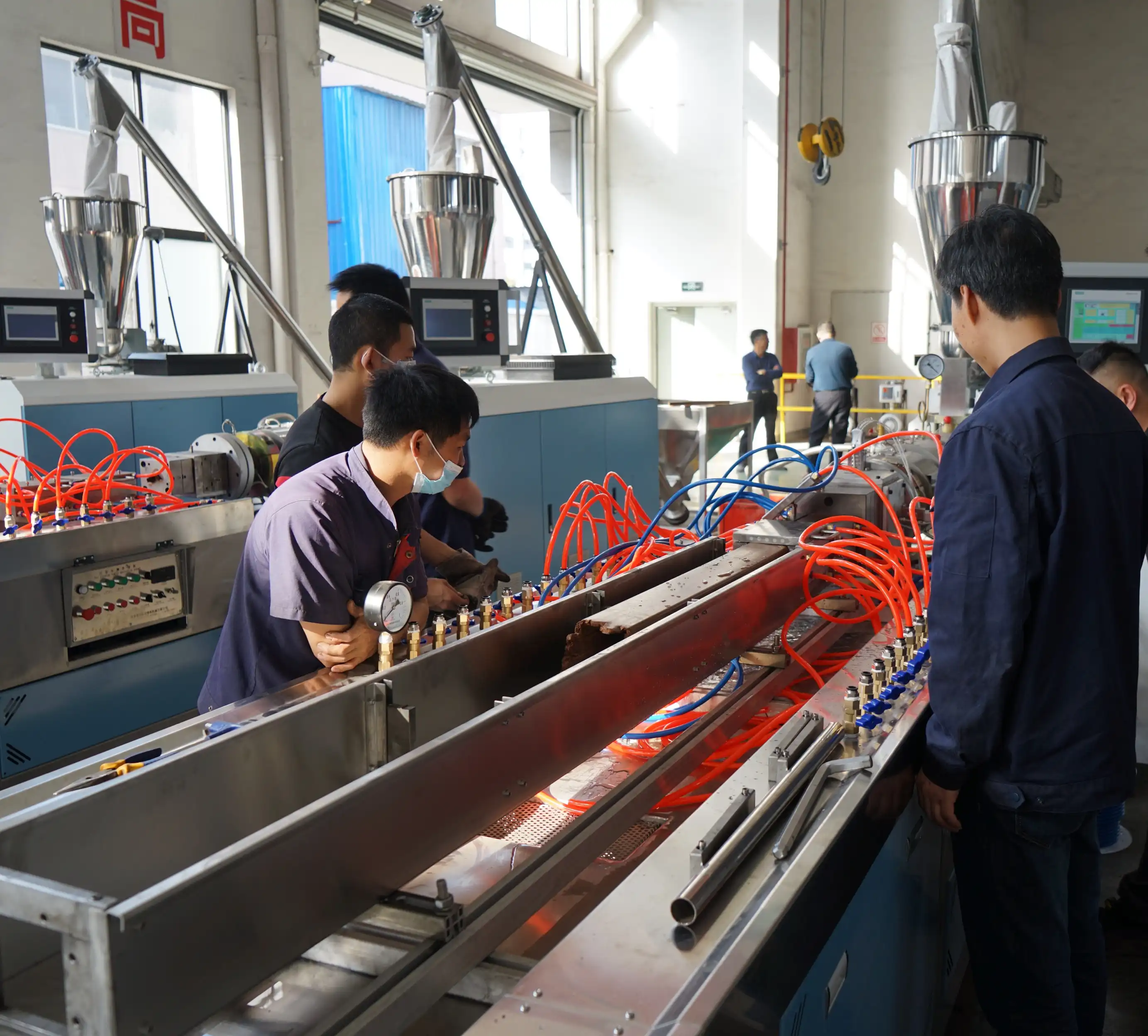
Wood Plastic Composites (WPC): An Overview
Wood plastic composites (WPC) primarily use waste plastics as an alternative to conventional resin adhesives. They incorporate plant fibers such as wood flour, rice husks, and agricultural straws as raw materials. As a new type of modified environmentally friendly material, WPC is widely used in construction, furniture, packaging, gardening, transportation, and other industries.
Importance and Research Areas of WPC
As an important branch in the field of composite materials, WPC has garnered significant research attention. Key research areas include the physical and mechanical properties of WPC, the interfacial compatibility between wood and plastic, and control of the preparation process.
Industrial Production and Molding Methods
The primary molding methods for industrial production of WPC are extrusion molding, injection molding, and hot pressing. Among these, extrusion molding is the most widely used due to its short processing cycle, high efficiency, and simple molding process.
Far Creative WPC Extrusion Molding Technology
Extrusion molding is a process where heated and melted plastic is forced through a die by the pressure of a screw, forming a continuous profile with a constant cross-section. Almost all thermoplastics can be processed using extrusion. Products include pipes, plates, cable coverings, and composite materials. This method is known for its high production efficiency, wide application, and strong adaptability. In WPC production, extrusion offers stable product quality, low cost, and relatively low investment, leading to rapid development.
Main Equipment for WPC Production
The main equipment for producing WPC by extrusion includes screw extruders: single-screw extruders, parallel twin-screw extruders, and conical twin-screw extruders.
-
Single-Screw Extruder: Features high and stable pressure of the molten material at the head but has low mixing efficiency. It is generally used for extrusion and granulation of profiles that do not require high mixing efficiency. The single-screw extruder is relatively simple and inexpensive.
-
Twin-Screw Extruder: Especially the meshing co-rotating type, provides large shear force and high mixing efficiency. However, it offers less stable melt pressure control compared to the single-screw extruder. It is mainly used for high-efficiency mixing, such as the fusion of fibers and plastics. The twin-screw extruder has a complex structure and is typically several times more expensive than a single-screw extruder of the same diameter.
-
Conical Twin-Screw Extruder: Has gained attention for its strong mixing ability and higher extrusion pressure, suitable for directly extruding profiles. It features a large material compression ratio, advantageous for processing low bulk density raw materials in WPC. However, its mixing efficiency is less than that of the parallel twin-screw extruder.
Combining a twin-screw extruder with a single-screw extruder in series, along with the profile auxiliary unit, can maximize their respective advantages, reducing energy consumption and minimizing thermal degradation of materials.
Performance Comparison of Resin-Based WPC
WPCs typically use thermoplastic resins with low processing temperatures, such as PE, PP, and PVC, as wood fiber fillers can withstand maximum processing temperatures of around 200°C. The choice of resin significantly affects the performance of the composite.
-
PE (Polyethylene): Known for its excellent flexural resistance, water resistance, chemical resistance, low-temperature flexibility, good processing performance, and low cost. HDPE, in particular, offers higher tensile strength, surface hardness, and stiffness than LDPE. HDPE-based WPCs are popular for outdoor applications due to their desirable performance and texture.
-
PP (Polypropylene): Features low melt viscosity, good processing performance, higher tensile strength, surface hardness, tensile yield strength, and stiffness compared to HDPE. However, PP-based WPCs are more brittle at low temperatures and have inferior weather resistance compared to PE-based WPCs, limiting their application range.
By understanding the materials and methods used in WPC production, Far Creative continues to innovate and support sustainable practices in the plastic machinery industry.
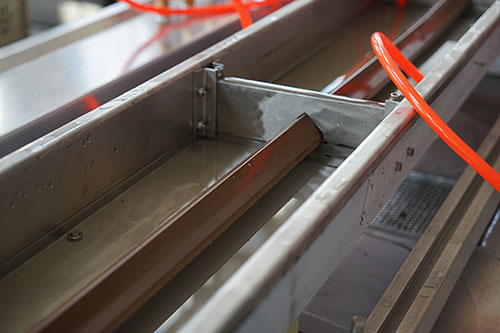
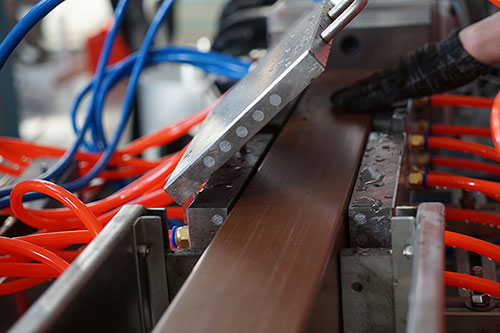
Finished Products show:
Flooring
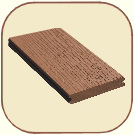
|
138X23mm |
|
137X23mm |
Decoration board
|
|
187X35mm |
|
size:183X58mm |
Railings
|
|
|
|
|
Pillar
|
|
|
|
|
